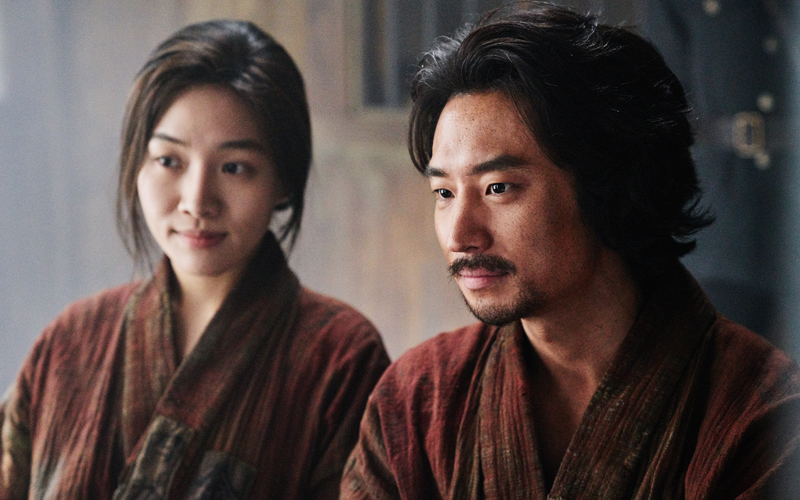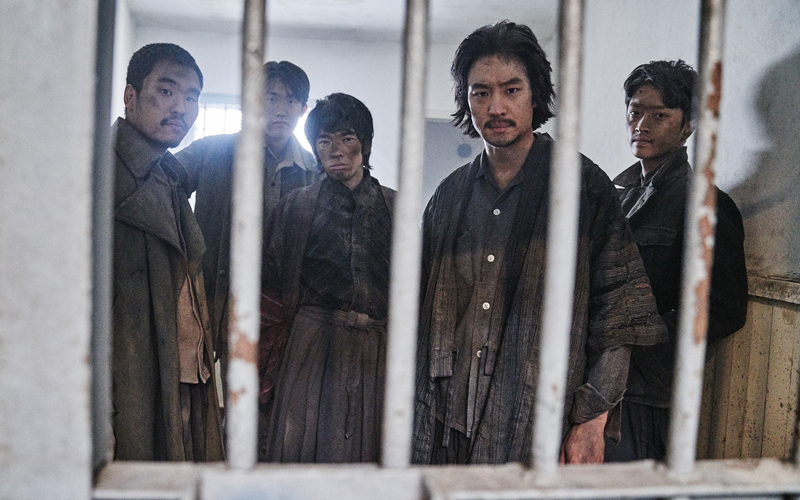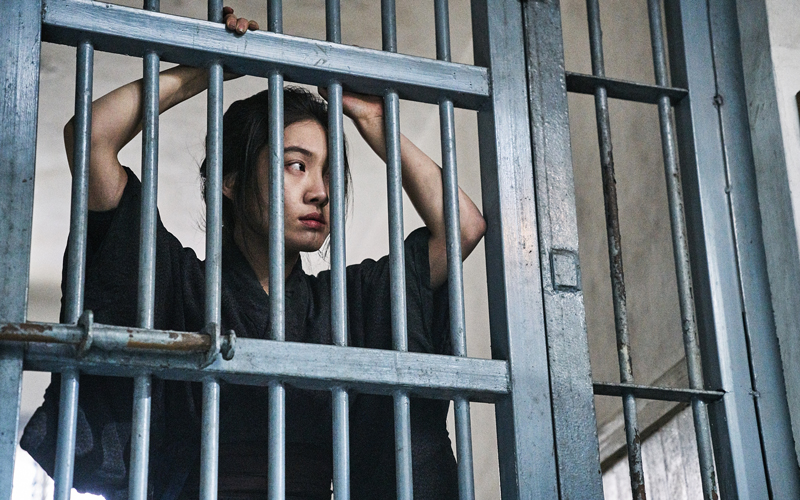- 한국어
- English
- 日本語
- 中文
- العربية
- Español
- Français
- Deutsch
- Pусский
- Tiếng Việt
- Indonesian
By Honorary Reporter Pavitra Pai from India
Photos= Korean Film Council

This year marks the 101st anniversary of the March First Independence Movement, the first organized rebellion by Koreans during the Japanese colonial period. Last year was the event's centennial anniversary as well as that of Korean cinema.
To celebrate this occasion, a film festival was organized by the Korean consulate general in Chennai, India, in collaboration with the Indo Cine Appreciation Foundation. The event started with the 2017 historical film "Anarchist from Colony," which depicts the life of independence activist Park Yeol after the movement. The audience that packed the theater had a positive response to the film, and the work sparked my interest in getting to know more about Park's story.

'Anarchist from Colony'
This movie begins by showing the plight of Park, a rickshaw driver by day and secret nationalist poet by night. Born in Korea, he flees his country in 1919 due to his suspected participation in the March First Independence Movement. In Tokyo, he forms an anarchist organization with other likeminded people. He also meets Fumiko Kaneko, a Japanese woman sympathetic to Korea's cause, and they both write about Japanese atrocities in Korea.
Both are arrested in September 1923 after the Great Kanto earthquake, and Japan's interior minister circulates rumors that Koreans have poisoned the wells and are involved in arson and rioting. The ensuing massacre of Koreans in Japan was frightening to watch, as an estimated 6,000 were killed after the quake. Park and Kaneko volunteer to take on the charges of high treason in creating a tense courtroom drama. The interior minister turns out to have a personal vendetta against Koreans as he was dismissed from Korea during the movement.
The movie is a good primer on the Korean struggle for independence from Japanese colonial rule. It did well at the box office and won several awards thanks to notable performances by actors Lee Je-hoon and Choi Hee-soo.

My take
After watching the movie, I wanted to know more about the Korean independence struggle against the Japanese. Korea and India both have many similarities in their fight for independence, starting with our liberation days both being on Aug. 15 and the time needed to come to terms with our colonial histories. The reality of colonial experience for any country has often been poverty, economic polarization, racism, internal strife leading to protests and external parties trying to take advantage. India's march toward independence had similarities such as the way it was colonized, the manner in which monarchy faded, the turning point that led to the first resistance movement (in India, it was the Indian Rebellion of 1857, which was unsuccessful but paved the way for organized efforts), massive contribution to the two world wars in the 20th century, colonies being the end markets for goods produced by the colonizer and induced famine. The Indian subcontinent suffered an agonizing partition to serve the selfish needs of the authorities. In Korea, the massacre in the Korean village of Jeam-ri, where villagers were tricked into entering a church, getting locked in, and burned and shot at, was similar to the horrific Jallianwala Bagh massacre in Amristar, Punjab, on April 13, 1919. These incidents are grave reminders of what our ancestors went through to bring independence and democracy to both nations.
chaey0726@korea.kr
*This article is written by a Korea.net Honorary Reporter. Our group of Honorary Reporters are from all around the world, and they share with Korea.net their love and passion for all things Korean